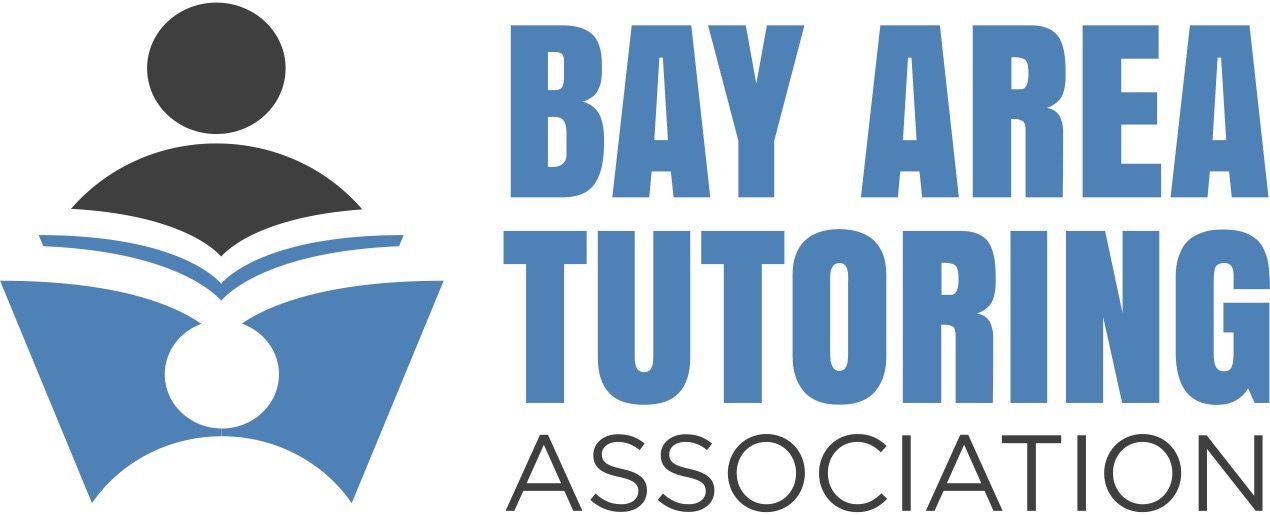The massive Dixie Fire in Northern California has been burning for nearly a month and is the 2nd largest fire in California history. According to recent projections, officials don’t expect the fire to be completely contained until August 20. Last year, the SCU Lightning Complex fires burned through over 390,000 acres, making that the 3rd largest fire in California history. Also last year was the August Complex fire, the largest fire in California history with over one million acres burned. That’s an area larger than the state of Rhode Island.
These large fires, fueled by high winds and dry conditions, are just another sign of the effects of climate change. With this in mind, Assemblymember Alex Lee recently hosted a virtual town hall on wildfire preparedness, assembling a panel of experts to give the public their outlook on fire risks and offer advice on safety and prevention measures going forward.
 The first to speak was San Jose Councilmember David Cohen, whose District 4 includes the neighborhoods to the immediate south of Milpitas, stretching eastwards to the golden foothills, beyond which lies open space as far as the eye can see. Said Cohen, “In our part of San Jose, while it’s beautiful to have the hills, it also leads to a lot of fire risk. As an example, last year the SCU Complex was on the top of those hills and led to some evacuation activity in the eastern part of District 4. So we all need to be vigilant and be prepared for what is likely to happen again.”
The first to speak was San Jose Councilmember David Cohen, whose District 4 includes the neighborhoods to the immediate south of Milpitas, stretching eastwards to the golden foothills, beyond which lies open space as far as the eye can see. Said Cohen, “In our part of San Jose, while it’s beautiful to have the hills, it also leads to a lot of fire risk. As an example, last year the SCU Complex was on the top of those hills and led to some evacuation activity in the eastern part of District 4. So we all need to be vigilant and be prepared for what is likely to happen again.”
Next up was Chief Jake Hess with Cal Fire, who runs the Santa Clara Unit (SCU) and oversees operations in five counties – Alameda, Contra Costa, Santa Clara, and the western parts of Stanislaus and San Joaquin. Hess gave a sobering presentation on the wildfire situation in California, referring to a pattern that has become the “new normal.” Said Hess, “The new normal is here; it’s a reality. Every summer the fires are outpacing those from the previous summer. Six of the most destructive fires in California history happened last summer. Now, if you look at this year to date, we’ve already outpaced the total acreage and number of fires from the same period last year, so we’re on track for record-breaking numbers in 2021.”
Hess attributed this frightening pattern to several factors: (1) vegetation that has never fully recovered from several drought years in California, which have plagued the state virtually non-stop since 1999; (2) significant wind-driven events; (3) lack of control/vegetation management burns; and (4) climate change, which is accelerating the pace and scale of large and damaging fires. Said Hess, “We’re now in the era of Mega Fires.”
As an example of how climate change is affecting the landscape, Hess cited the forest die off in the central and southern Sierra Nevada. According to the U.S. Forest Service, “Since 2010, an estimated 129 million trees have died in California’s national forests due to conditions caused by climate change, unprecedented drought, bark beetle infestation, and high tree densities.” Scientists from British Columbia are now seeing the same thing occur in the Pacific Northwest, a region known for getting lots of rain and moisture. “That’s troubling,” said Hess.
Firefighters have responded by developing a new approach to fighting fires, which includes prevention, fuel reduction, prescribed fire, emergency planning, and robust suppression capability. Said Hess, “This is not something that we are going to engineer our way out of over the next five years. We need to take a long-term approach by looking 50-plus years down the road.”
As part of this approach, firefighters are asking the public for their help. In particular, by creating defensible space around their homes, which has been mandated by state law since 2005 under Public Resource Code (PRC) 4291. The code applies to any person who “owns, leases, controls, operates, or maintains a building or structure in, upon, or adjoining any mountainous area, forest-covered lands, brush-covered lands, grass-covered lands, or any land that is covered with flammable material.”
Said Hess, “We provide the offense. We need the public to provide the defense. Keeping the fire out of the canopy and hardening and protecting that structure not only protects the firefighters, but more importantly, it protects the civilians as they are evacuating out of the wildland-urban interface. It’s literally buying them time.”
Cal Fire and other agencies have also been working on developing new technology to help coordinate and alert the public. Zonehaven is an app that helps manage evacuation procedures. Technosylva provides advanced GIS-enabled software solutions for wildfire protection planning, operational response, and firefighter and public safety. And Hess implored all residents to register their cell phones with AlertSCC, Santa Clara County’s official emergency alert and notification system.
Help has also come from the California state legislature, which has enacted emergency Fire Safe Regulations, requiring homeowners to be in compliance with building and fire codes, and to be proactive in protecting their property from wildfire. These regulations are also being adopted by counties and cities.
Hess explained that this “new normal” will involve evacuating people earlier and more often, as the energy coming off of these Mega Fires can send flying brands high into the air, threatening areas that are miles away. He also talked about how they are actively engaged in setting up Temporary Refuge Areas (TRA) within communities — safe areas where people can ride out a fire if need be. Said Hess, “If you had told me, when I was a battalion chief 15 years ago, that I’d be explaining TRA to members of the public, I would’ve thought that you were crazy. But it’s come to this now.”
For more information, Hess highly recommends the Ready, Set, Go! Program at ReadyForWildfire.org. There people can find useful resources and information to help them prepare their homes for wildfires, create an evacuation plan, and set up text message alerts from Cal Fire.
Hess was followed by Terry Unter, Board Chair of the American Red Cross, Silicon Valley Chapter. Unter stressed the importance of being prepared, citing five key steps: (1) sign up for emergency alerts; (2) have an evacuation plan; (3) have a go-kit ready; (4) have a location to go to set up in advance; (5) evacuate immediately when told to.
The Townhall concluded with a presentation by Deputy Insurance Commissioner Tony Cignarale, who covered topics like “making sure you have enough coverage,” “the importance of home inventories,” and “keeping your insurance.” A Q&A session followed.
Summing up, Lee said, “We can’t understate how important it is to be prepared ahead of time. A lot of people, including myself, have grown up in an urban area and think of wildfires as something far, far away. But now the reality of climate change is at our front door, and we have to start thinking about evacuating and being as prepared as possible.”
You can view the Wildfire Preparedness Townhall here:
Facebook:https://www.facebook.com/assembly.alex.lee/videos/536116064474816
YouTube: https://youtu.be/DfxHJcDnfuw
Website: https://a25.asmdc.org/video/20210727-wildfire-preparedness-townhall-july-26








